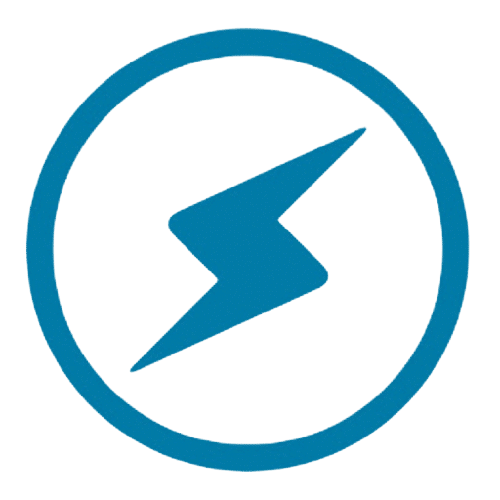
One of the easiest ways to create chaos in Basecamp is sloppy naming.
If projects, threads, or tasks aren’t named consistently, nobody knows what’s what.
That’s why we use a strict naming system for every client and project.
It saves us from confusion and makes sure new people can step into any project and instantly understand what they’re looking at.
We even cover this in our Basecamp Basics training, all new team members are expected to watch and follow it.
The client tiers
We divide client projects into three tiers. We used to have four, but now only three matter.
Platinum
This is for big-name clients and projects worth $20,000 or more. Household brands like Nike, Nu Skin, and Adidas fall here, even if they start with a smaller monthly retainer. The brand power alone is enough to classify them as Platinum.
Naming convention:
Clients 1 – Platinum: Company Name
Example: Clients 1 – Platinum: Nike
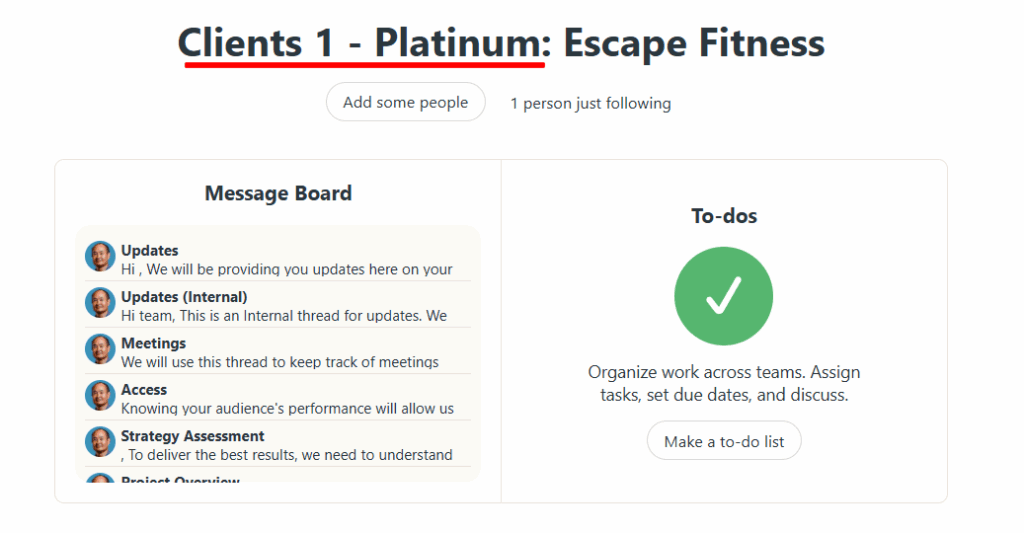
Gold
Projects worth between $10,000 and $20,000 land here. These aren’t household names, but they’re substantial engagements.
Naming convention:
Clients 2 – Gold: Company Name
Example: Clients 2 – Gold: Tuft & Needle
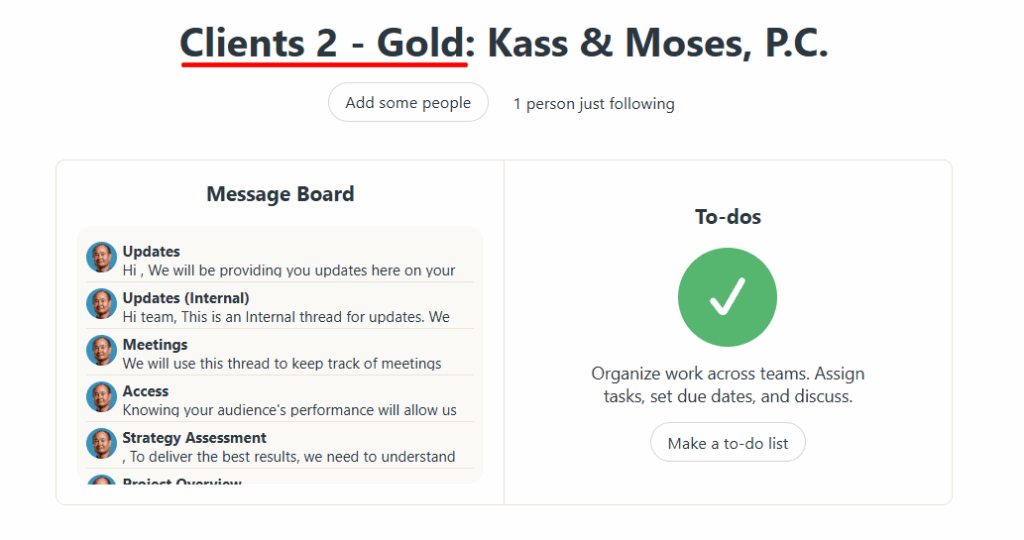
Quickstart
These are smaller monthly retainers, typically $500 to $5,000. Think of these as starter clients, often beginning with something like Dollar a Day Program. Even though this is the third tier, we still use the number 4 in the label, because “Silver” used to be tier 3 and we haven’t renumbered.
Naming convention:
Clients 4 – Quickstart: Company Name
Example: Clients 4 – Quickstart: Closetbox
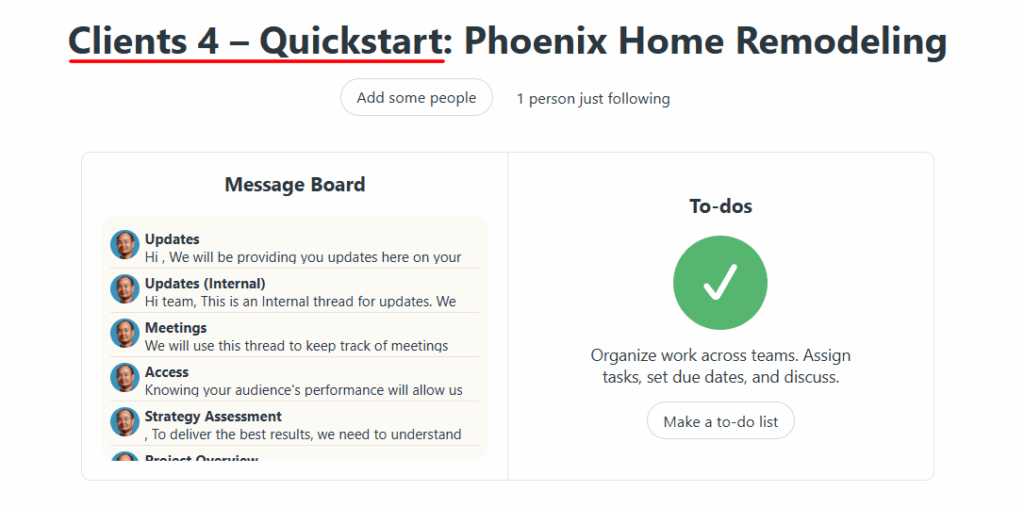
Special projects and workshops
Not everything fits into Platinum, Gold, or Quickstart. For one-off engagements, Power Hours, or workshop attendees, we have different labels:
Special Projects: For unique arrangements outside the standard tiers.
Example: Special Projects: Tony Robbins Power Hour

Workshop Attendees: For participants in events where we provide training or access to our courses.
Example: PHX Workshop Attendee: Sunday Vidal
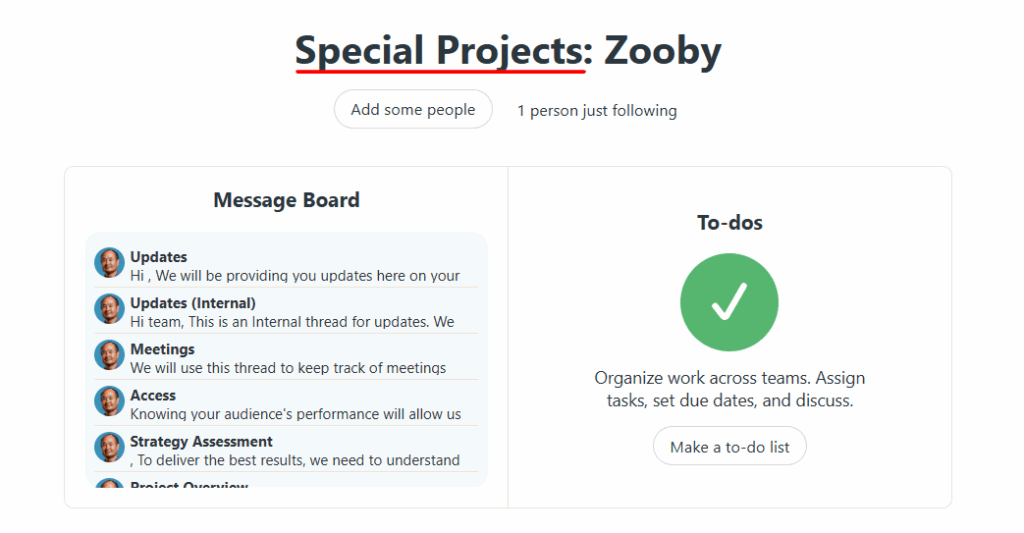
Thread and task naming
Naming doesn’t stop at the project level. Threads and tasks must also follow rules.
A task name must be a command. It should start with an action word and spell out exactly what’s needed. “Access” is useless. “Obtain access to John Smith’s Facebook Business Manager” tells the full story.
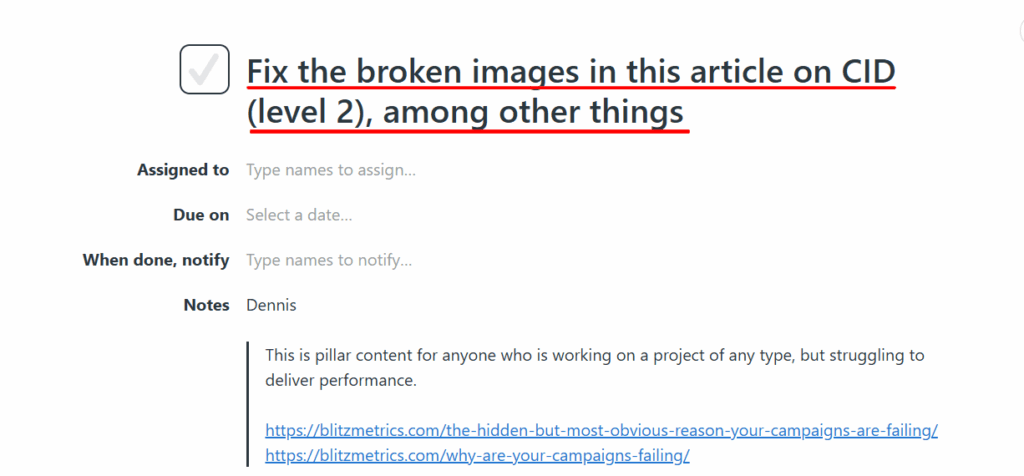
Threads must identify the subject clearly. A vague title like “Update” is bad. “FB Marketing and Boosting Post” is good.
Always assume clients will read what you post, unless it’s inside an internal-only thread. Clear, professional naming avoids awkward misunderstandings.

Why naming matters
When names are sloppy, you waste time digging through Basecamp, asking what’s what, or duplicating work. When names are clear and consistent, projects run smoother and new team members can jump in without guesswork.
Get in the habit of naming things right from the start. It takes an extra 30 seconds but saves hours of confusion later.
